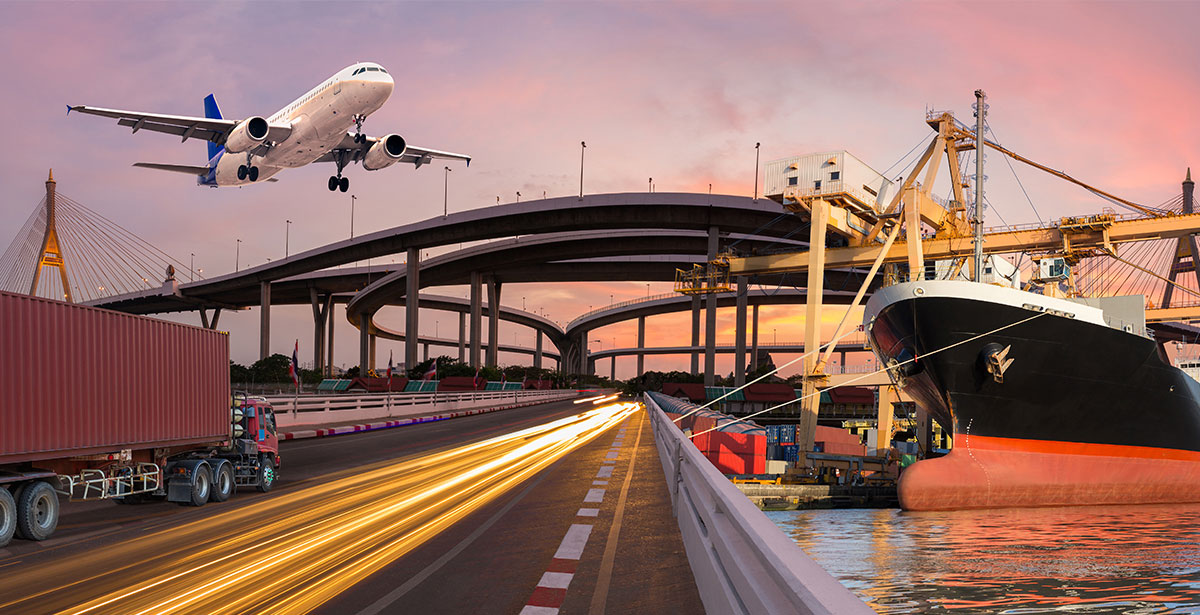About the Conference
As of 2024, Uganda has made significant strides in expanding its transport infrastructure, with 6,850 km of paved roads completed and a target of reaching 8,000 km by the end of the year. The country’s total road network spans 159,366 km, including national, district and rural roads, ensuring improved connectivity for trade and economic growth. However, challenges persist, including high transport costs, road congestion and cross-border route disruptions, which impact trade expansion and regional integration.
Central to this prominence is the Port of Colombo, which has consistently demonstrated exceptional performance in the global maritime sector. The port's significance is further underscored by its impressive container throughput. The Port of Colombo achieved a record-breaking container throughput of 7.78 million TEUs in 2024, with a target of 9 million TEUs for 2025. This achievement not only highlights the port's capacity but also its critical role in facilitating international trade within the region.
Uganda’s Standard Gauge Railway (SGR) project is a major infrastructure initiative aimed at enhancing regional connectivity and trade efficiency. The phased development of a 1,700 km rail network, starting with the Malaba-Kampala section, is a key part of the Northern Corridor Integration Projects (NCIP), linking Uganda to Kenya, Rwanda, South Sudan and the Democratic Republic of Congo (DRC). With a €2.7 billion investment allocated for a 272 km section, the SGR is expected to reduce transport costs and enhance cargo movement across borders. Additionally, the revitalization of the Tororo-Gulu railway is progressing, with 55% of the project completed and track works finalized from Tororo to Kumi. The ongoing construction on the Kumi-Lira section is expected to further support Uganda’s railway revival strategy and improve freight transport efficiency.
Uganda is also advancing its aviation infrastructure with the construction of Kabalega International Airport. With 1.08 trillion shillings invested out of the allocated 1.188 trillion, the airport is expected to be fully operational by September 2025.
Key road projects are also underway to enhance mobility and economic growth. The Nakapiripirit Road, a 92 km stretch linking Eastern and North Eastern Uganda, is nearing 70% completion and will reduce travel time from five hours to just 1.5 hours. Similarly, the Yumbe-Manube Road Upgrading Project, funded by a grant from the Japanese government, will improve connectivity in refugee-hosting areas of West Nile.
Uganda is also exploring emerging trends in transport infrastructure, including green mobility, transit-oriented development and public-private partnerships (PPP). Inspired by Kenya’s Urban Mobility Improvement Project (KUMIP), Uganda is looking to modernize its commuter rail network, integrate sustainable transport solutions and enhance digitalization in road transport
With a strong focus on road, rail, air and water transport infrastructure, Uganda continues to develop policies and investment strategies to strengthen its transport sector.
Bricsa Consulting is proud to host the 11th Edition East Africa Transport & Infrastructure Conference, scheduled for 15ᵗʰ & 16ᵗʰ September - 2025, in Entebbe, Uganda. This exclusive event will bring together key stakeholders from the public and private sectors to discuss investment opportunities, policy frameworks and sustainable transport solutions to drive Uganda’s economic growth and regional integration.
Highlights of the Conference
- East Africa Transport Infrastructure Development
- Uganda’s Road Network initiating Trade and Connectivity
- Uganda's Standard Gauge Railway (SGR) Project
- Rural Transport Planning in Sub-Saharan Africa
- Promoting Sustainable Transport Solutions for East African Cities
